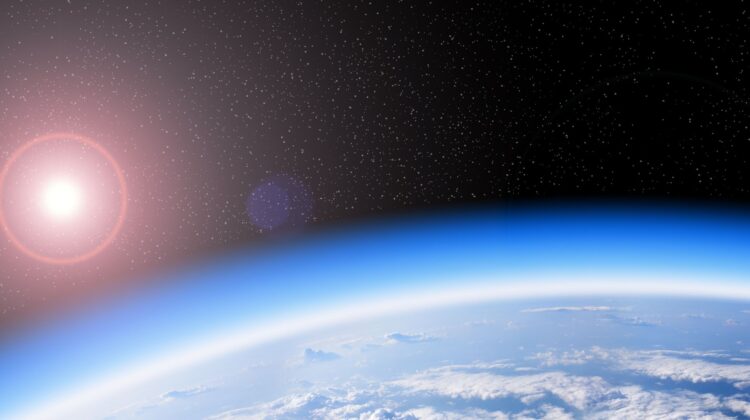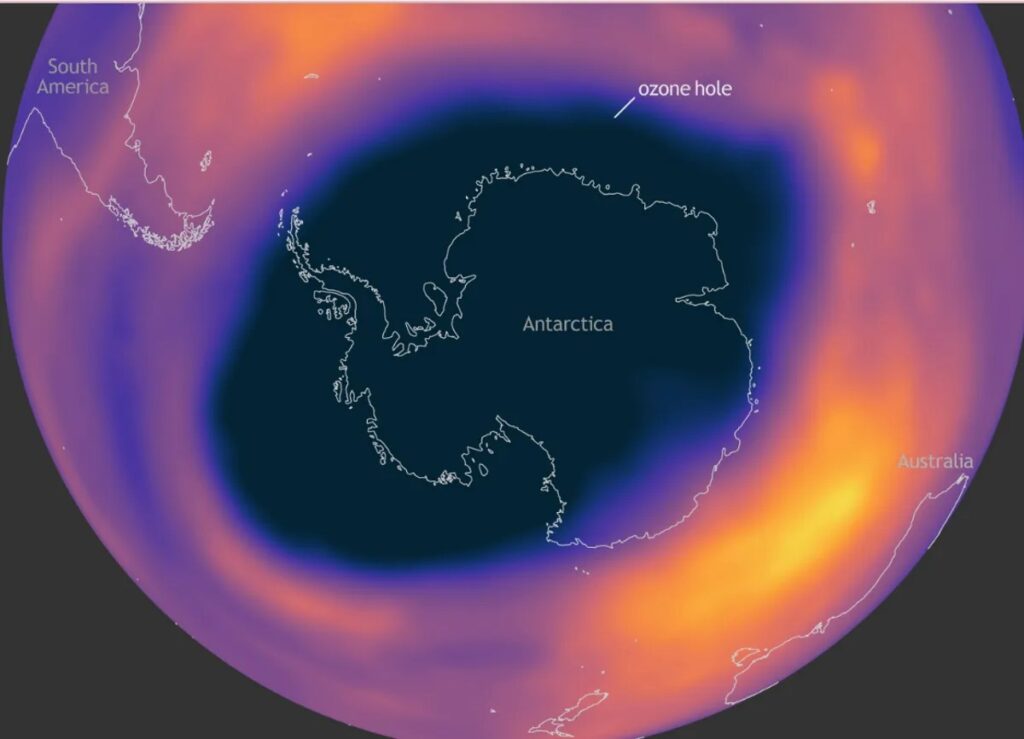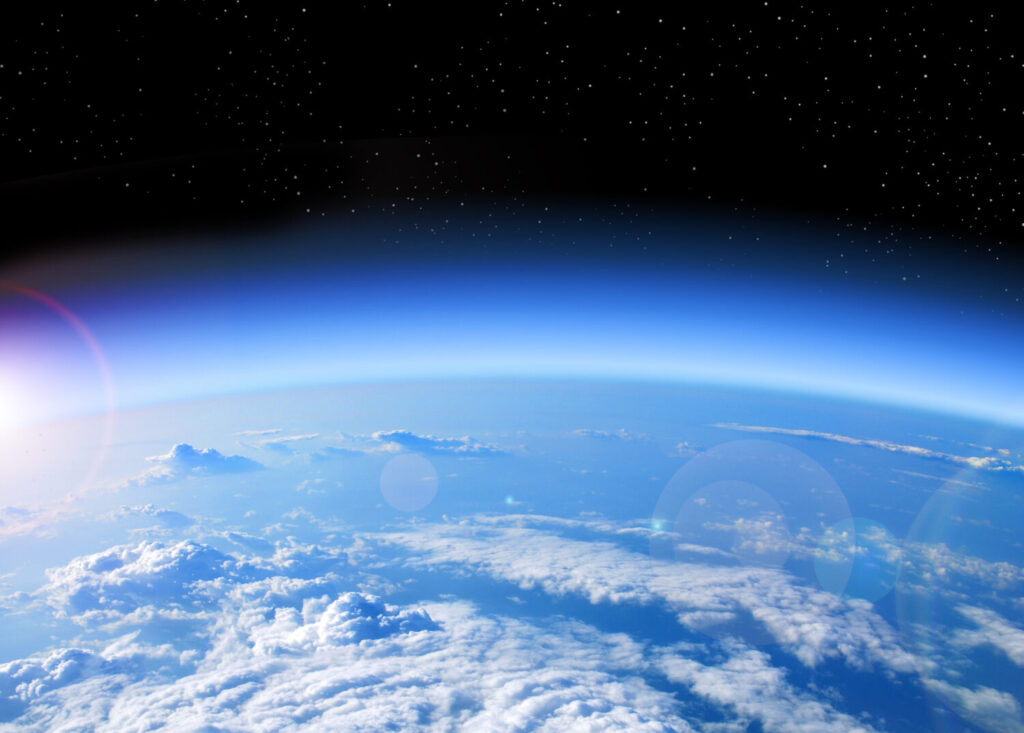
After years of hopeful signs and scientific rigor, the verdict is in: the Antarctic ozone hole is demonstrably recovering. This monumental achievement, driven by global action to curb ozone-depleting substances, marks a significant victory for environmental science and international cooperation.
A groundbreaking study led by MIT scientists has provided irrefutable evidence that the ozone layer’s healing is not mere chance or natural variability, but a direct consequence of the Montreal Protocol. This landmark agreement, signed by 197 countries and the European Union, successfully phased out chlorofluorocarbons (CFCs), the primary culprits behind ozone depletion.

“There’s been a lot of qualitative evidence showing that the Antarctic ozone hole is getting better. This is really the first study that has quantified confidence in the recovery of the ozone hole,” stated Susan Solomon, the study’s author and a renowned atmospheric chemist. “The conclusion is, with 95 percent confidence, it is recovering. Which is awesome. And it shows we can actually solve environmental problems.”
Understanding the Ozone Layer and Its Depletion
The ozone layer, a vital shield in the stratosphere, protects life on Earth from harmful ultraviolet radiation. In the 1970s and 80s, a dramatic thinning of this layer, known as the ozone hole, was discovered over Antarctica. This depletion was traced back to CFCs, chemicals once widely used in aerosols, refrigerants, and solvents.
The unique atmospheric conditions over the South Pole, including extremely cold temperatures and the polar vortex, amplify the destructive effects of CFCs, resulting in the severe ozone depletion observed during the Southern Hemisphere’s spring.

The Montreal Protocol: A Global Success Story
Susan Solomon, a pioneer in atmospheric research, played a crucial role in identifying CFCs as the primary cause of ozone depletion. Her research in Antarctica in 1986 provided the critical evidence that spurred global action.
The Montreal Protocol, enacted in 1987, stands as a testament to the power of international collaboration. By phasing out CFCs and other ozone-depleting substances, the protocol has effectively halted the progression of ozone depletion and set the stage for recovery.

Quantifying Recovery: Confidence and Projections
While previous studies hinted at recovery, the MIT study provides the first statistically significant confirmation. Leveraging 15 years of observational data, researchers have established with 95% confidence that the ozone hole is indeed healing.
“By something like 2035, we might see a year when there’s no ozone hole depletion at all in the Antarctic. And that will be very exciting for me,” Solomon predicts. “And some of you will see the ozone hole go away completely in your lifetimes. And people did that.”
The researchers project that the ozone layer over Antarctica could fully recover by approximately 2035, a remarkable achievement that underscores the effectiveness of global environmental policy.

Leave a Reply